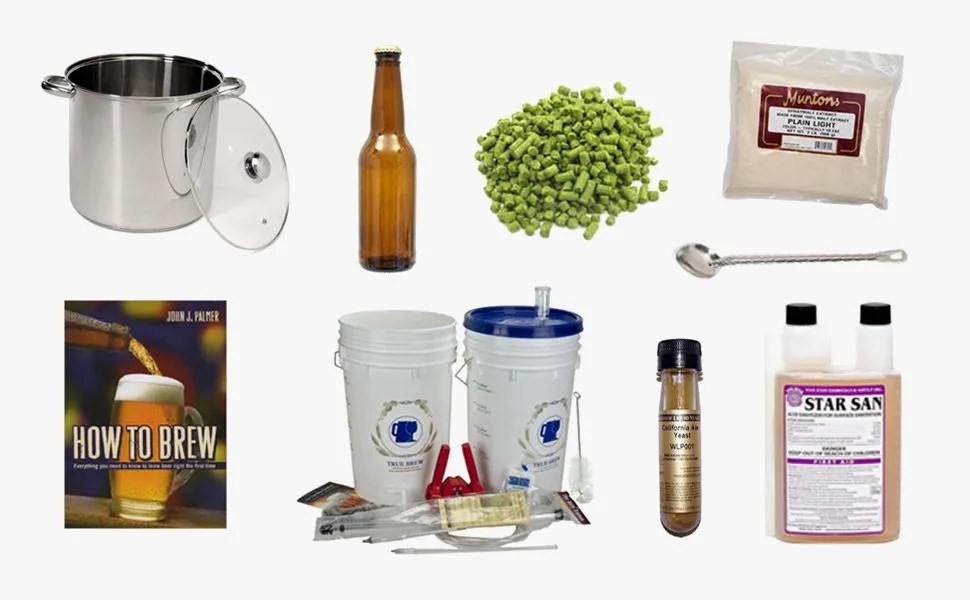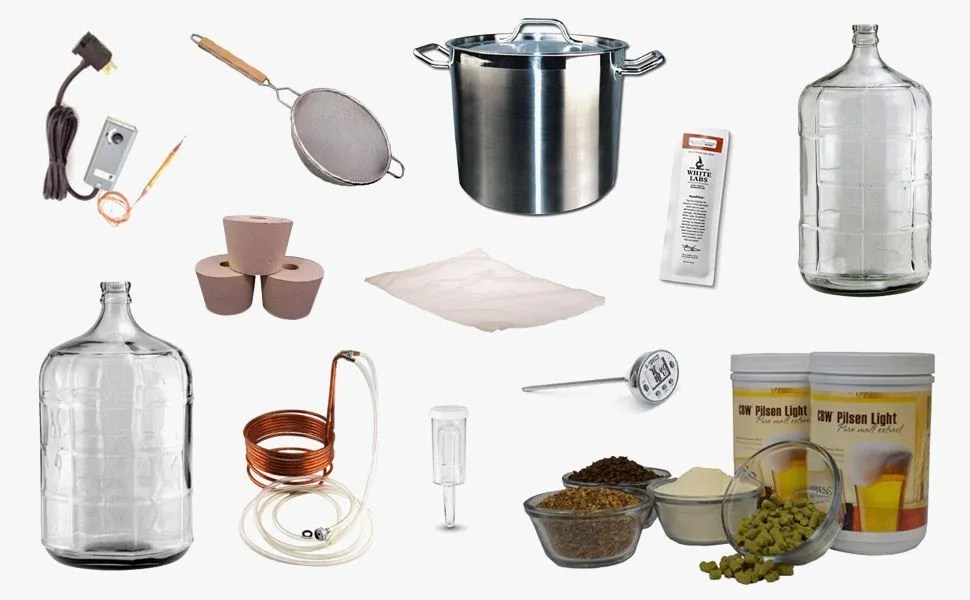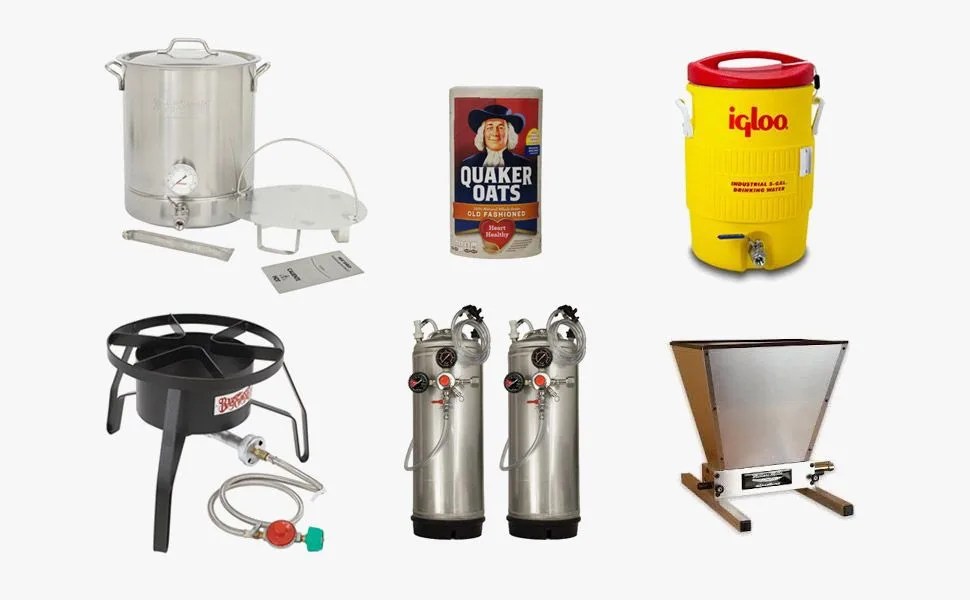Editor’s Note: The following guide is designed so that each brew kit builds on the one that came before; there are also examples of possible ingredients. In many cases, the items in these kits can be built from gear found at your local hardware store. But before you do anything, get a copy of The Complete Joy of Homebrewing by home brewing icon Charlie Papazian, or How to Brew: Everything You Need to Know to Brew Beer Right the First Time, another excellent guide.
I first experienced home brewing in my mother’s kitchen. Through some rhetorical finagling, I managed to convince her to let me brew with my brother, though I was too young to drink at the time. All it took to get started was a lobster pot, a few buckets and a brew kit from The Thirsty Brewer in Baldwin, MD. After a time, the long fermentation and aging period made my brother lose interest. But I was hooked. Within a few weeks I was picking up cardamon at the grocery store for a Blue Moon clone recipe, and a little while later I had turned our basement refrigerator into a lagering fridge. The beer I brewed received high praise at family dinners; particularly later on, my family members were no longer just being polite.
QUICK, DRUNK MATH:
One kit makes five gallons,
five gallons fills ~48 bottles.
Fermentation takes four weeks,
and aging another three.
Call it 48 days total.
Repeat the process regularly.
That’s one beer, every day
for the rest of your life.
While I no longer have the space to spare for home brewing, now, when I walk around breweries as a reporter or a photographer, I’m reminded that the skills and resources to make beer aren’t prohibitive or even necessarily expensive. The big guys even use similarly sized kits for small exploratory batches. If you strip away the labels and the advertising and the warehouse space, there’s little difference between what a craft brewery produces and what a home brewer can cook up. In fact, the large majority (up to 90 percent) of craft brewery founders started their careers as modest home brewers. Whether it’s five gallons or 5,000, the principles are the same — what changes are the tools. Below is everything you’ll need, from starting out, to upgrading your kit, to going pro.
MORE BEER: 7 Beer Apps | Best Session Beers | Interview with Founder of Brooklyn Brewery
The Closet Brewer
There’s Never Enough Space



